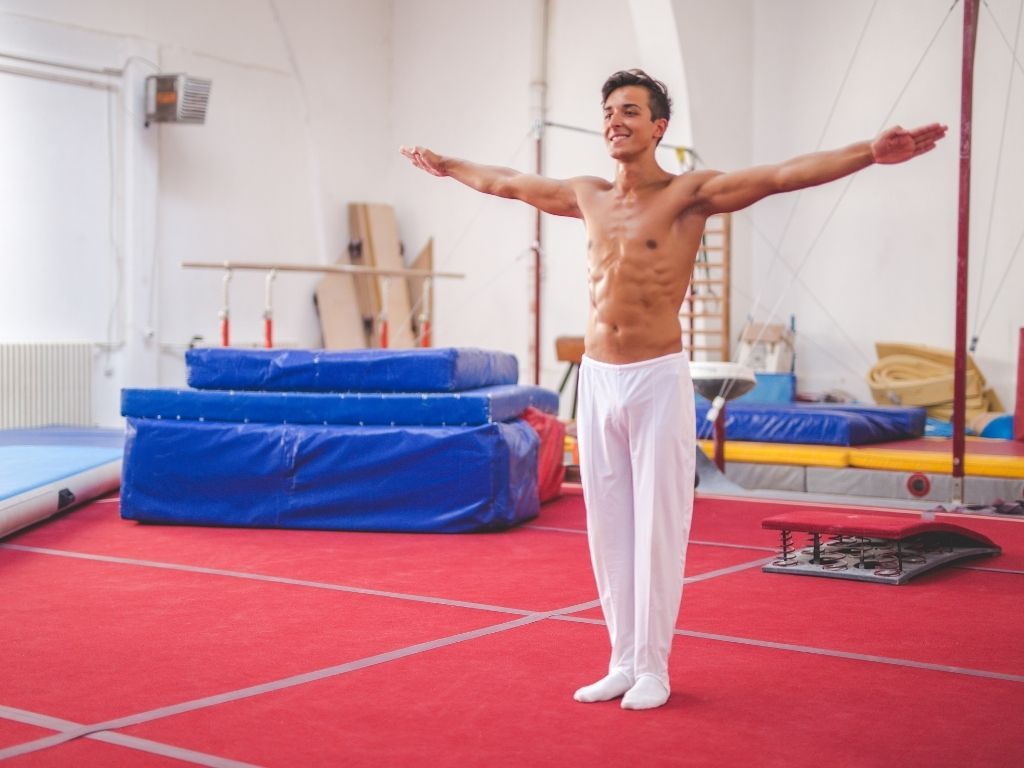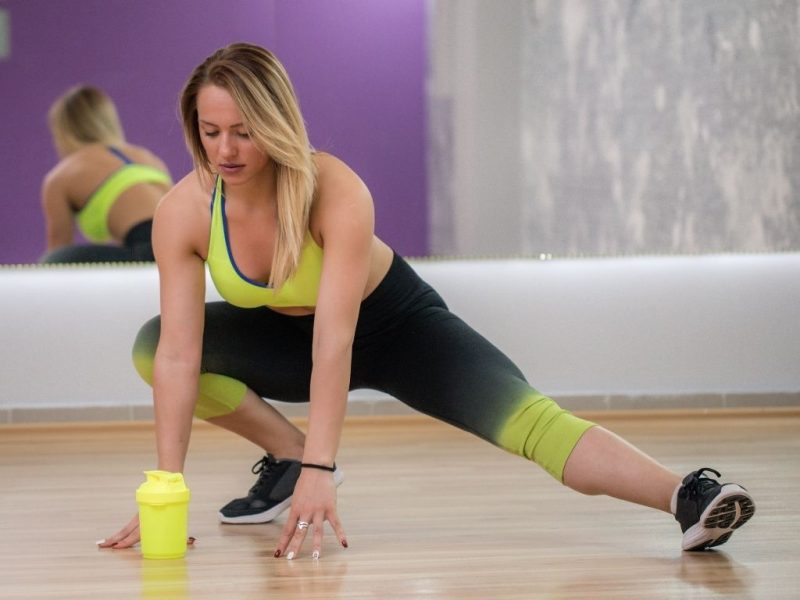You know from your high school P.E. lessons how important warming up is. You started with head circles, you circled your arms and legs, then came to some leaning forward, and you’re done! Unfortunately, we have to disappoint you. This isn’t the best way to warm up. If you don’t want to get injured, feel fatigued, and have muscle soreness the next day, you need a professional warm-up session.
You can read in this article about the following topics:
Why is warming up important?
Warming up helps the body prepare for increased intensity in physical activity. During warm-up, the blood supply to your muscles increases, your body’s oxygen levels improve, which decreases the risk of muscle injuries, muscle tears, and strains. Fluid production increases in the joints, which prevents joint and cartilage injuries. The body starts regulating heat production and heat dissipation, and it drives out waste products from the blood by sweating, thus increasing performance.
While warming up, you prepare for the workout mentally. This will make you more focused and reduce the risk of mistakes. In some sports, mental preparation is of paramount importance. For example, in-wall climbing, the smallest mistake or losing focus can lead to serious consequences.
A well-structured warm-up session consists of 6 parts. The method was developed by Dr. Miklós Metzing, which is why it’s called Metzing’s warm-up method.
The steps of Metzing’s warm-up method:
- Low-impact stretching exercises
- Block 1 of exercises to boost circulation
- Main stretching exercises
- Block 2 of exercises to boost circulation
- Strengthening exercises
- Sport specific exercises
Low-impact stretching exercises (1-2 minutes)
Its purpose is to change muscle tone and stretch the joints with light, low-intensity stretching exercises.
First, you stretch the legs, primarily focusing on the ankles, knees, and hips, and then you move upwards, stretching the joints in the whole body.
Make sure to do these exercises slowly and avoid repetition.
In cold weather, outdoors, or in the morning, you should especially pay attention to these exercises. You should never skip them.
Example exercises:
Stretching the muscles of the foot, knee, and hip, combined with the muscles of the torso, arms and neck.
Block 1 of exercises to boost circulation (3-5 minutes)
The goal is to raise your heart rate, increase the body temperature and lubricate the joints. The heart rate is increased to 90-110 beats per minute or 40-45% of the maximum heart rate. Gradually increase the intensity of the exercises.
Exercises: walking (medium, fast), running (slow, medium), jumps (small, medium), and the combination of these.
Avoid jumping into the exercise too quickly and sudden changes in direction. Also, avoid too intense movements because at this stage the muscles and joints aren’t ready for the load.
Example exercises:
Walking on toes, walking on heels, walking on the outer and inner edge of your feet.
Slow running with knee lifts, heel lifts, running in place, cross-step running.
Alternating side to side single leg jumps, then with legs wider apart, skier jumping jacks, gallop jumps with direction changes.
Main stretching exercises (5-8 minutes)

The goal is to stretch all major muscle groups and reach the maximum range of joint movement.
During stretching, static stretching is preferred to dynamic stretching because dynamic stretches only work the muscle for a moment, and after the exercise is finished, the muscle returns to its previous state. However, the muscle needs at least 6-10 seconds to reach the desired length, so it’s advisable to stretch at a slow or medium pace in 8 beats.
Since static stretching is performed at a lower heart rate than dynamic stretching, heart rate-enhancing exercises should be included in the stretching exercises.
Exercises: Active and passive static stretching exercises for the main muscle groups, lasting at least 6-10 seconds.
Block 2 of exercises to boost circulation (2-3 minutes)
The goal is to increase heart rate to 120-130 beats per minute, given that your heart rate has decreased during the previous stretching block, so you need to boost your circulation again.
Higher intensity than the previous circulation-boosting block.
Exercises: medium or fast pace runs with alternating slow and fast blocks, running with direction changes, jumps, exercises for practicing take-off.
Strengthening exercises (1-2 minutes)
The goal is to increase circulation locally in the muscle groups of the torso, arms, shoulder joints, and shoulder girdles. Since the main focus during the previous blocks was on warming up the lower limbs, with the strengthening exercises we also prepare the muscles of the upper body.
Exercises: Strengthening the flexor, the extensor, the adductor, and the abductor muscles of the torso, arm, shoulder girdle and shoulder joint with slow, medium, and fast-paced exercises, repeating the exercises 6-10 times. Mostly bending exercises, lifts, squats, push-ups and other arm exercises are included in this block. These exercises use different variations of starting positions, they use the weight of the body, with gradually increasing intensity.
Sport specific exercises
After doing the general warm-up exercises, our body needs to prepare for the special challenges of the sport. So, the aim of these exercises is to refresh the neuromuscular connections that are necessary for this sport and to fire up the neural pathways.
The exercises are tailored to the sport. Although it’s still part of the warm-up, the sport-specific equipment is already used during the last phase of the warm-up, e.g., warm-up with a ball.
At first, this approach may seem too scientific. The question arises whether we should really invest so much energy into a simple warm-up session. The answer is simply yes. Whatever sport you choose, an effective warm-up session prevents injuries and boosts performance. If you do some exercises from all blocks and you follow the correct order, you can say that you’re executing a professional warm-up session.

